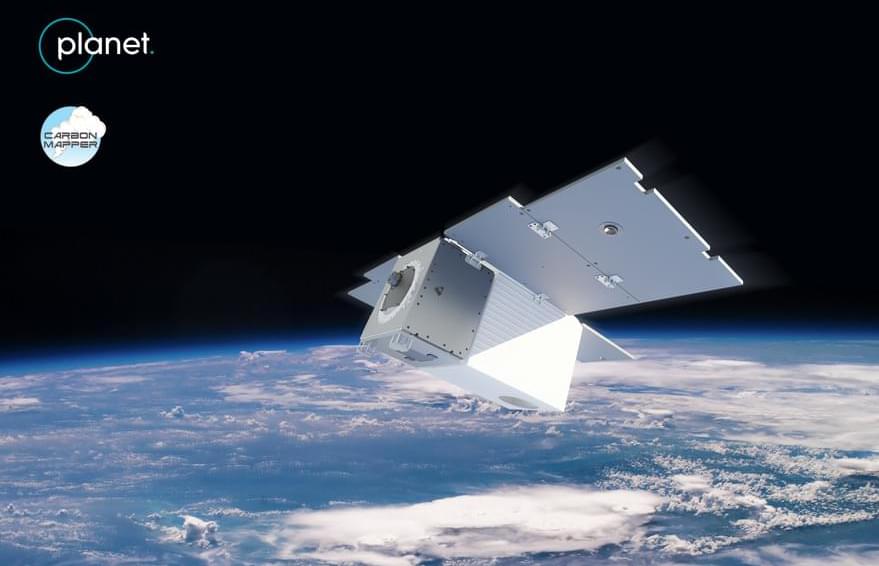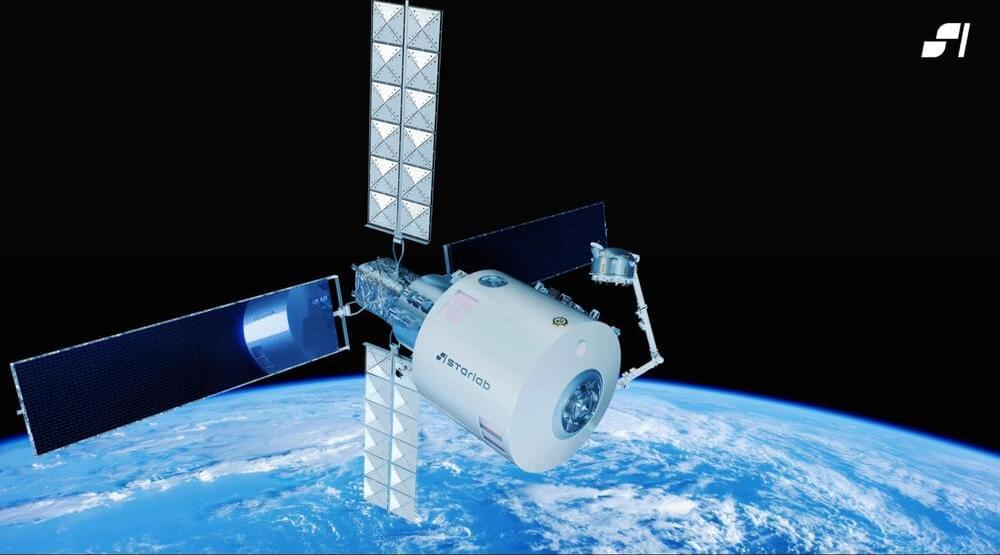In the vast expanse of the cosmos, there is much more than meets the eye. For every kilogram of visible matter in the universe, from the computer on your desk to the distant stars and galaxies, there are 5 kilograms of invisible “dark matter” that permeate our surroundings.
This enigmatic dark matter evades direct observation yet exerts its invisible pull on the visible objects around us.
Fifty years ago, renowned physicist Stephen Hawking proposed a fascinating idea about the nature of dark matter. He suggested that it might consist of a population of black holes that formed in the early stages of the universe, mere moments after the Big Bang.






